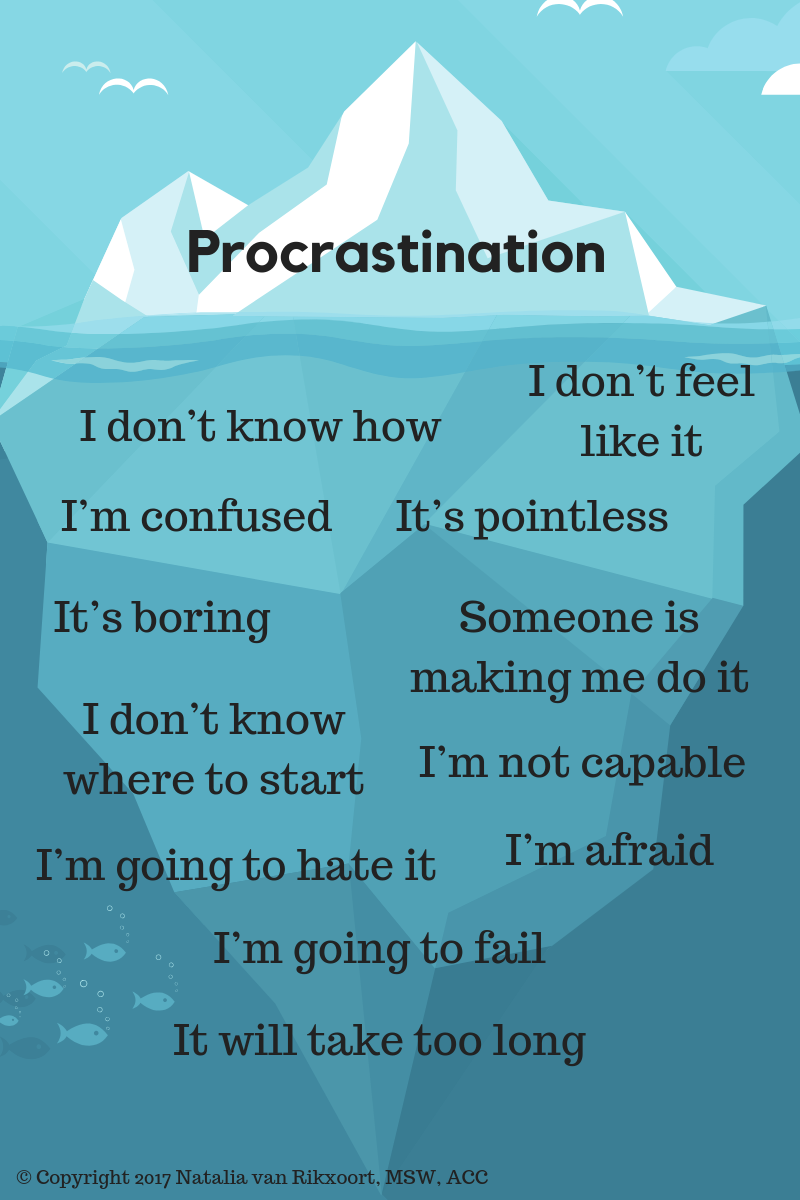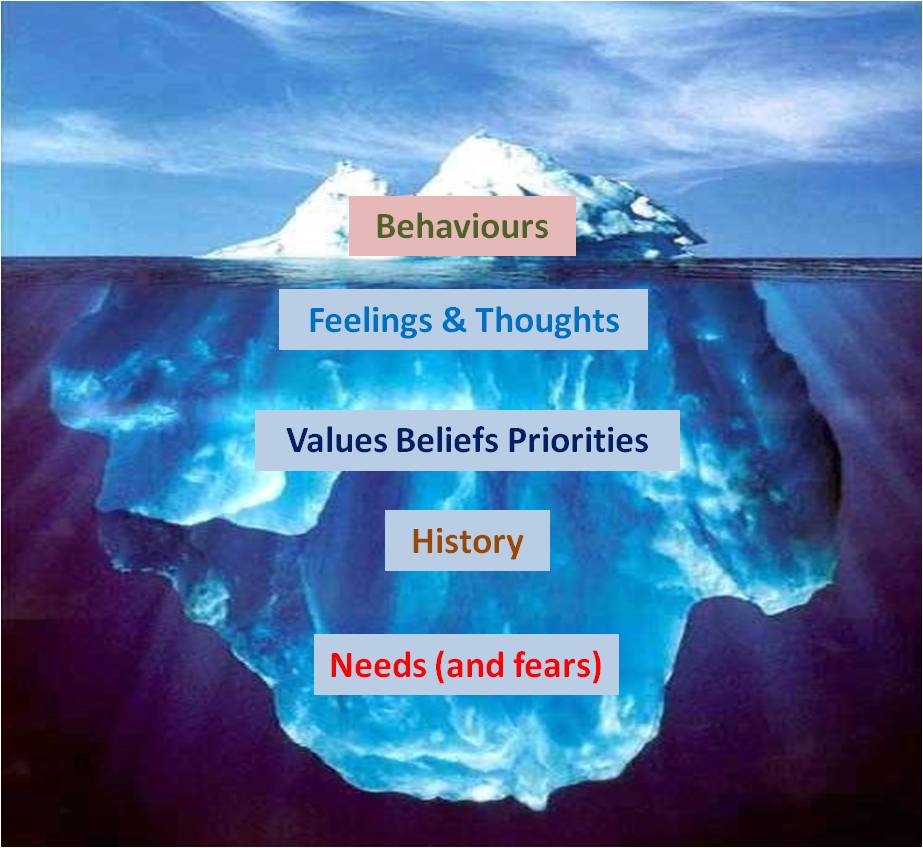

Attention-deficit/hyperactivity disorder in adults: what you need to know. Frequently missing appointments or forgetting to return calls. Frequently misplacing or losing things, such as your phone or glasses. What are the 3 core symptoms of ADHD ADHD, also called attention-deficit disorder, is a behavior disorder, usually first diagnosed in childhood, that is. Difficulty keeping organized or tidy at school, home, or work. 'Spacing out' at meetings or in conversation. The female side of pharmacotherapy for ADHD-a systematic literature review. Procrastinating and rushing to complete tasks at the last minute. Problematic peer functioning in girls with ADHD: a systematic literature review. A review of attention-deficit/hyperactivity disorder in women and girls: uncovering this hidden diagnosis. Sex differences in hippocampal cognition and neurogenesis. ADHD symptoms in females of childhood, adolescent, reproductive and menopause period. Cognitive Behavioral Therapy can help you manage the symptoms, deal with anxiety and self-esteem issues.
Behavior adhd iceberg movie#
Just as the crew in the movie Titanic only saw the tip of the iceberg, some people might also just notice the superficial ADHD. What Is The ADHD Iceberg Some of the most impactful ADHD symptoms are the ones that arent easy to see (like low self-esteem). Dive with us to see what the ADHD iceberg hides. ADHD Iceberg: The Playful Kid is Just the Tip of ADHD. Hyperactivity-restless, talks a lot, fidgets, cant sit still, runs, always on the go Impulsive-lacks self-control, difficulty waiting. It is critical to recognize and change ideas in order to change behaviors. This last week I’ve discussed the challenges of invisible disabilities, including ADHD.

The symptoms show up in childhood and often carry on into adolescence and adulthood. Cognitive behavioral therapy can help relieve ADHD symptoms in children who need it.
Behavior adhd iceberg full#
All rights reserved.Antoniou E, Rigas N, Orovou E, Papatrechas A, Sarella A. Both acronyms ADD and ADHD, attention deficit disorder and attention deficit hyperactivity disorder, refer to a hereditary biochemical disorder that impedes a persons ability to perform to his or her full potential. This study provides evidence that children as young as 9 begin to show behavioral problems after exposure to early childhood adversities.Īdverse childhood experiences Behavior problem Behavioral development Middle childhood.Ĭopyright © 2016 Elsevier Ltd. Variation in these associations by racial/ethnic, gender, and maternal education subgroups are examined. Regression analyses showed that exposure to ACEs is strongly associated with externalizing and internalizing behaviors and likelihood of ADHD diagnosis in middle childhood. The ADHD iceberg is a visual analogy that helps represent the experience of having attention deficit hyperactivity disorder (ADHD). Results from bivariate analyses indicated that Black children and children with mothers of low education were particularly likely to have been exposed to multiple ACE categories. Eight ACE categories to which a child was exposed by age 5 were investigated: childhood abuse (emotional and physical), neglect (emotional and physical), and parental domestic violence, anxiety or depression, substance abuse, or incarceration. The current study uses data from the Fragile Families and Child Wellbeing Study, a national urban birth cohort, to prospectively assess the adverse experiences and subsequent behavior problems of over 3000 children. Problems in a traditional classroom setting.

However, a lot more goes on beneath these surface behaviors, such as: Delays in development. This represents around 6 million children. In addition, many of the ACE studies contain methodological limitations such as reliance on retrospective reports and limited generalizability to populations of lower socioeconomic advantage. The top of the ADHD iceberg includes: Poor impulse control. The Centers for Disease Control and Prevention (CDC) note that 9.8 of children ages 317 in the United States have had an ADHD diagnosis. However, the proximal associations between ACEs and behavioral outcomes during the middle childhood years have been understudied. Children who have been exposed to maltreatment and other adverse childhood experiences (ACEs) are at increased risk for various negative adult health outcomes, including cancer, liver disease, substance abuse, and depression. ADHD may overlap with anxiety, mood disorders, autism, and other conditions.


 0 kommentar(er)
0 kommentar(er)
